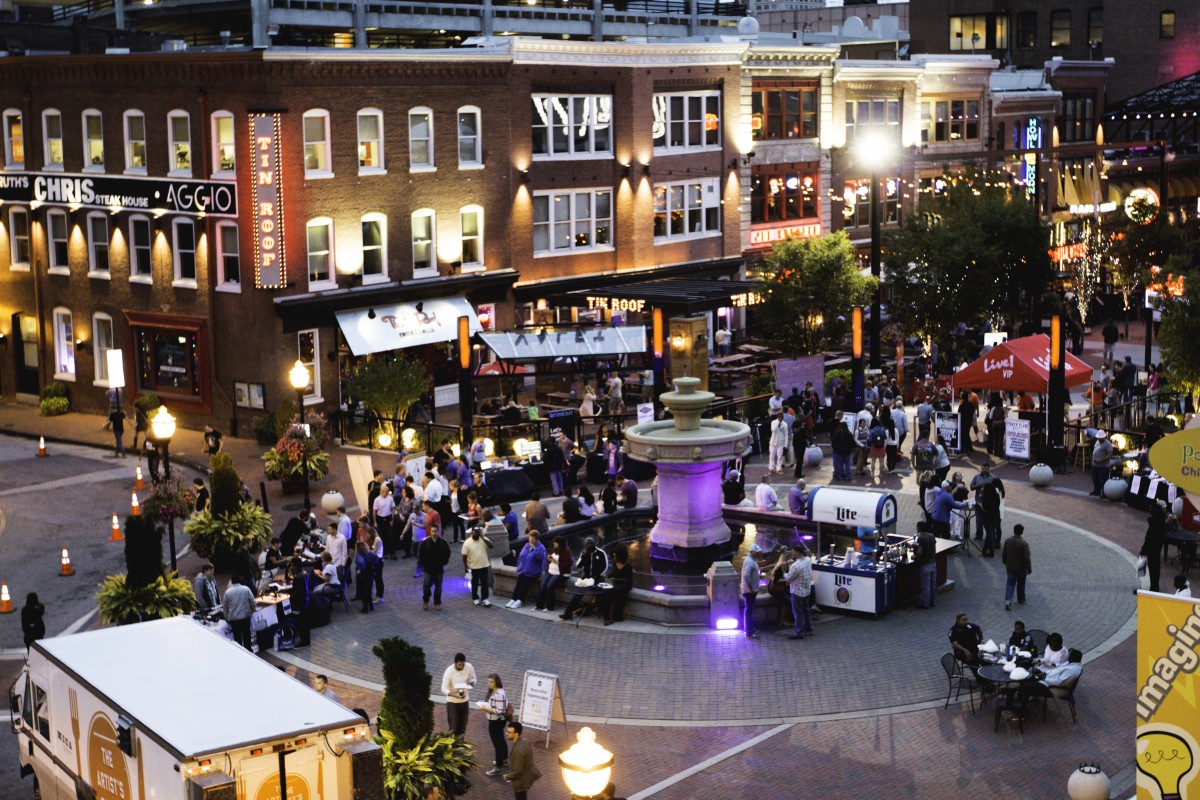The bulk of the startup activity happening in U.S. cities is pegged to the period after the 2008 recession, but the first bricks of the foundation of today’s Baltimore tech community were laid in the days of AOL, rather than Facebook.
In the boom years before the dot-com crash, governments saw a future in supporting up-and-coming businesses. At the state level, Maryland formed the Technology Development Corporation (TEDCO) in 1998. Locally, the Baltimore Development Corporation spun out the Emerging Technology Centers as a nonprofit around the same time. The Greater Baltimore Committee launched the Greater Baltimore Technology Council in 1999 to provide a trade group for area tech businesses. While each has adapted to keep a focus on catching early stage companies where they form, the two quasi-governmental agencies provide a source of funding, space and resources for early stage companies that has long outlived the bubble’s burst.
Following the dot-com crash, tech kept going.
Companies such as Advertising.com, Bill Me Later, Blue Sky Factory and WhoGlue sprouted in Baltimore. All four of those startups were eventually acquired by larger companies, and entrepreneurs behind them — such as Greg Cangialosi, Vince Talbert and Jason Hardebeck — emerged as leaders of Baltimore’s tech scene.
The community piece involving spaces, events and meetups run by technologists followed after around the time of another crash. Like many cities, Baltimore saw the energy around startups that fomented with the promise of the app economy begin to coalesce around the same time the U.S. economy looked increasingly dire. It’s perhaps fitting that a rethinking of the approach to building a business would gain wide traction following such a major collapse of established institutions.
In Baltimore, the community that began coalescing around Silicon Valley-style Barcamps was soon opening spaces of its own. Mike Subelsky, Mike Brenner and Dave Troy opened Beehive Baltimore, a Canton coworking space that offered entrepreneurs the chance to work in the same space. (It was later absorbed by ETC, which is now led by Deb Tillett.) In 2012, Brenner, Cangialosi and Sean Lane opened Betamore in Federal Hill, an incubator and education space designed to offer pathways into technology careers, and support for startups as they get going. (It later became a nonprofit and absorbed the Greater Baltimore Technology Council under CEO Jen Meyer.) The new spaces established the city’s anchor neighborhoods for tech, and other startups began to cluster in both areas. Troy and Cangialosi also formed Baltimore Angels to act as another early stage funding resource.
As startups began to proliferate, Baltimore identified strengths in key areas.
Following the city’s existing infrastructure in “eds, meds and feds,” the rough overview of the city’s startup scene breaks down into edtech, adtech, cybersecurity and health.
The institutions followed with resources, as UMBC formed a cyber-focused incubator. Johns Hopkins and JH Tech Ventures — led by Christy Wyskiel — and the University of Maryland-Baltimore — with leadership from Jane Shaab — each forged big development plans to support the commercialization of academic and medical research. Edtech startups (including Citelighter and Three Ring from New York) found a home at Betamore, as well as the Towson University Incubator. Baltimore’s startup scene came up alongside neighborhood redevelopment, and new food and entertainment options sprouted up, as well. The up-and-coming urban core also lured creative talent in industries such as video games, which already had an established hotbed in nearby Hunt Valley. The area doesn’t boast a huge amount of consumer-facing startups, but on-demand food delivery service OrderUp delivered one of the biggest wins for the community in the form of a $69 million acquisition deal with Groupon.
Among this wave of entrepreneurs were members of the tech community who remained aware of the stark differences between Baltimore’s haves and have-nots. Among the most pressing issues was education in computers and technology. Nonprofits such as the Digital Harbor Foundation, under leadership from Andrew Coy, and Code in the Schools, cofounded by Gretchen LeGrand, sought to expose students to technology and potential career paths. The city’s ills also spurred a community of social entrepreneurs who are just as focused on mission as money. They’ve found a gathering spot at Impact Hub in Station North over the last year.
The tech community also found a calling in civic participation. Other technologists dug into city government after the Open Baltimore portal of civic data was launched. The introduction of a city Chief Information Officer showed promise for more collaboration with City Hall, but a pair of resignations left uneasy footing.
Even with all the growth that’s happened over the last five years, a new era of even bigger acceleration may be dawning. With technology taking on an increasingly important role in the everyday running of businesses and startups seen as a viable economic development path in a post-industrial city, Baltimore’s biggest companies also got interested in tech. Simultaneously, sports apparel maker Under Armour acquired three out-of-town fitness apps, and company founder Kevin Plank became an active early stage investor in area startups. His grand vision for a sprawling Under Armour campus and center for the city’s creative class in the former South Baltimore industrial neighborhood of Port Covington is among a number of projects that could add new addresses to Baltimore’s tech landscape.
Baltimore Tech History 101







